【視聴数 458959】
【チャンネル名 Jared Polin】
【タグ FroKnowsPhoto,Jared Polin,I SHOOT RAW,nikon,nikon d7500,nikon d7200,nikon d7300,user’s manual,users guide,manual,how to,set up,tutorial,photography hep,photography tips,tricks,hacks,setting up new camera,dslr,new dslr,guide,easy set up,nikon DSLR】
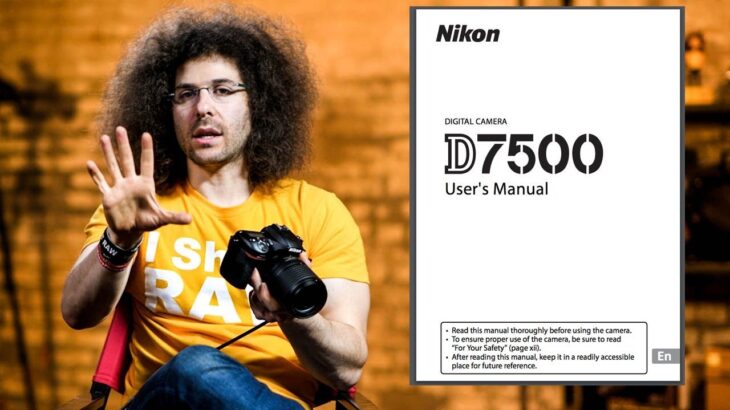


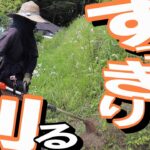
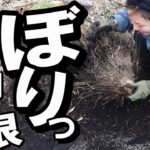

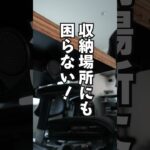
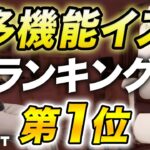


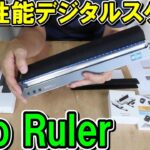
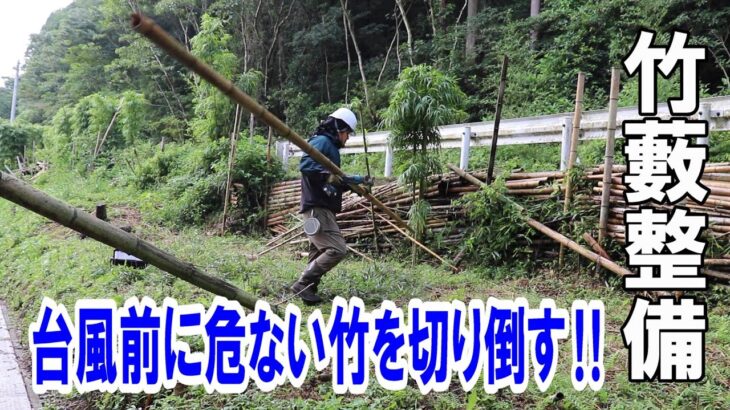
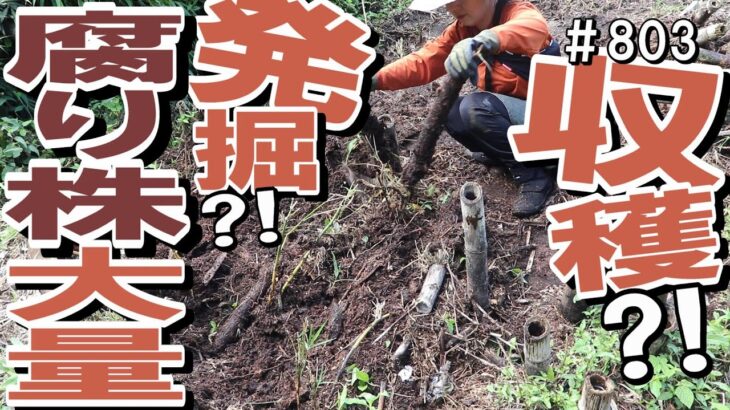
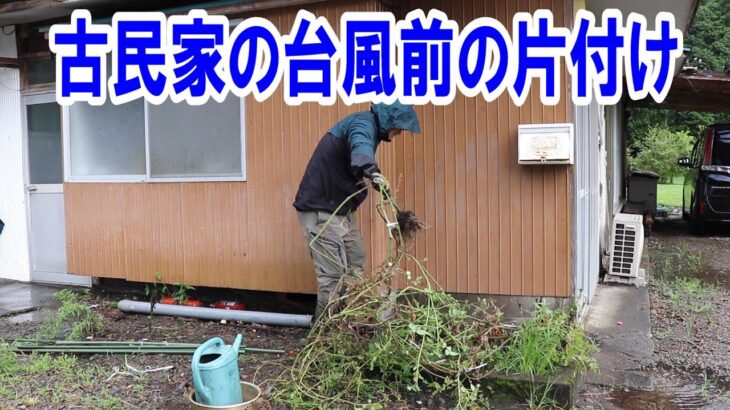
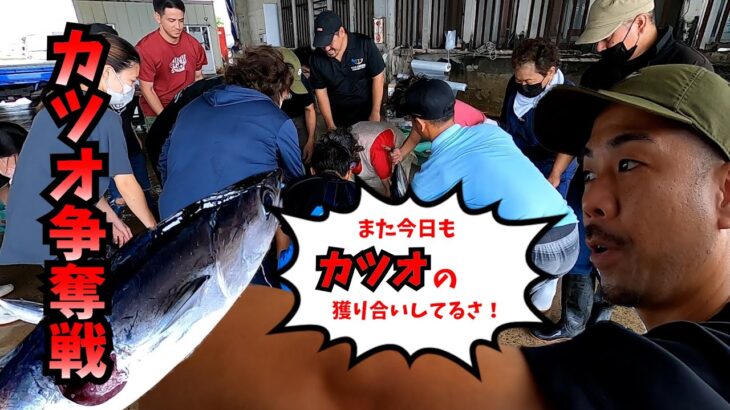
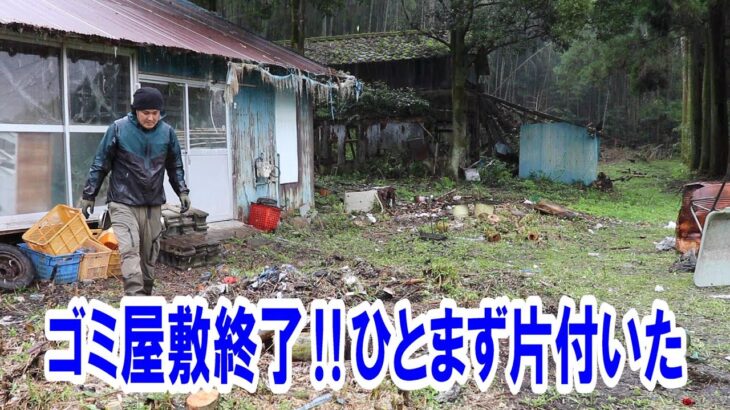
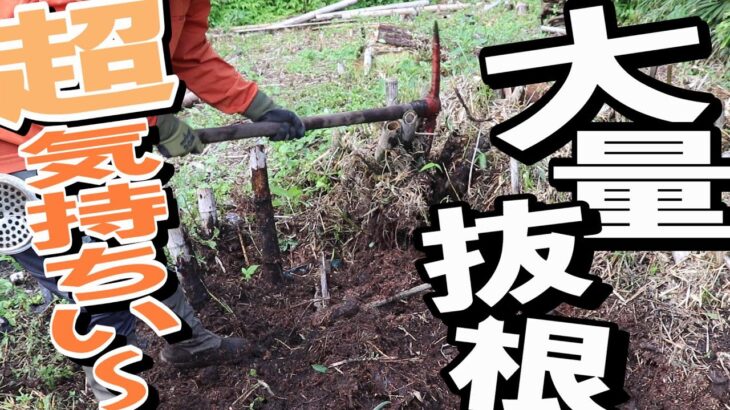
Great User Guide!! 🙂 Thanks for this! I just ordered my D7500 yesterday! 🙂
Note Pentax K3 and K3 2 are a bit smaller than D7500 and have 2 memory card slots. Oh I would love the joystick feature to be in D7500 even more than 2 card slots, And too bad that’s not on a D750 either.
Thanks for the in-depth tutorial – defo some things I’d overlooked. I had hoped it was possible to set one of the feature buttons to + dial to be able to switch between frame rates but showing the Info sub menu on LV which I didn’t know was there is a very handy alternative! Thanks again
Thank you
Thank You for this video. Just bought my D7500 today. This was so informative and a lot faster then searching the manual. There were a few things I was hunting for and you covered them. Looking forward to using and learning this new camera so I can shoot better Lacrosse games of my grandson.
Moucho awesomeness
Thanks so much Jared, the D7500 is the camera body I rent and want to own soon!
Thanks for the post. But someone who decides to buy a d7500 is an advanced user and knows where to put the battery in!!
Overall a useful video, especially for the beginner but you seem to be fuzzy on a few things. Some of the following points are beginner oriented, others aren’t. Disclaimer: I’m a D7200 shooter but almost all these settings apply to both cameras.
– 21:43 – File naming is useful if you are shooting with multiple camera bodies. Set each camera body to a different name A75, B75 etc. to avoid file name collisions if you’re copying all the cards to one folder.
– 25:12 – Disappointing that you didn’t explain the tradeoffs between 12 and 14 bit files. 14 bit files have more dynamic range and are more RAW in the sense that more of the data is kept in the 14 bit NEF.
-25:38 – Auto ISO is really useful in aperture and manual mode. Set your minimum to what you ideally want. Set your maximum to what you will tolerate and your minimum shutter speed depending on how much action. Now your A and M are essentially auto-ISO modes, where you’ve chosen aperture and shutter speed and it is the ISO that floats. Typically I’ll set a minimum of the base ISO for the camera, and a max of 400 or 800 in good conditions (up to 3200 on DX if it’s required to get the shot).
– 26:03 White balance is usually fine in Auto but it’s important to know that there are situations where the camera will get it wrong or will override your intention. As a simple example shooting a sunset in Auto White Balance and JPG is a mistake. The camera will try to make the scene look like midday. Best to set to daylight or cloudy, or better shoot RAW so if you forget to do this you can recover easily by changing white balance after the fact. This is one that will trip up amateurs.
– 27:38 – A bit disappointed you didn’t talk about what custom picture styles are – not in depth – just a 30 second intro. They can be useful if you need to get files out quickly but they can also be fiddly and tricky. They were more useful before fast batch editing software like Lightroom became available. Still can be fun to play with.
– 27:53 – There are claims by people who have tested (at least older cameras) that Active D-Lighting does affect your RAW file – that it subtley adjusts the exposure. Some people believe it ruins contrast. Others like it. If you have it completely off you can’t turn it on after the fact, so I like to have this on low or normal for maximum flexibility.
– 28:10 – High ISO noise reduction only applies to JPG. If you’re shooting RAW it doesn’t much matter what you set here.
(Long exposure noise reduction is a whole other kettle of fish and shoots a dark frame for each image and does a subtraction. It does affect the RAW files. You probably don’t want this if you’re shooting astrophotography – you want to take your own dark frame. Might be okay if you’re taking single night images though. Anyway beginners don’t usually mess with really long exposures).
– 35:49 – You glossed over is saving the focus point per orientation. That is really useful to turn on right away. It means when you turn your camera around the focus point closes to the animal’s head/eye you’re trying to shoot is immediately chosen (or at least a nearby one is chosen) when you switch your camera between portrait and landscape. That means less missed shots. I don’t blame you for not knowing this one. It’s relatively new (at least on midrange cameras) and only available on the newest midrange bodies (D7200 and up).
– 36:02 – The setting for focus on half press that you glossed over as if there was no reason to ever turn it off is very important for photographers that want to separate the focus from release (“back button AF”). Some wildlife and sports photographers swear by the technique of using a custom function button (usually AE-Lock) for AF. When they press that button the camera focuses. The shutter is only for taking the image. It’s not a technique I use personally – I find it clunky – but I understand the theoretical advantage. It might be something a beginner wants to try because it’s hard to break the habit of using the shutter button half press to focus. Might be too late if they’re already coming from a superzoom or point and shoot.
saved my manual reading time
Great Info – I am still learning my D7500
The Contra reference is definitely a highlight in this video.
Thanks!!!
So i bought a d7500 (used no accessorie) for 900 on Amazon andddd by mistake they sent me a D750(refurbished with everything) is that a good thing im in love now with the d750 now i used to have a d7000
Okay i just checked and the d750 has 26 shutter count this thing is NEW o.o
This user guide worked for me! I use a D7200, and it is pretty similar to the D7500. Thanks Jared
thanks! awesome tutorial!
Great video for Nikon D7500. Highly recommend for all.
I just bought one with a Nikon 18-300 lens. What a camera! This video was very helpful, I’m looking forward to more.
I am a pure beginner and know absolutely nothing about the technicals of the D7500 or the D90 cameras that I have purchased, but I love taking pictures. I found out yesterday, (july 2nd) that when I take pictures in the raw with the D7500, I can`t transfer the pics to my cell phone and they won`t show up from the card to the machine at Sam`s to be printed. What`s going on with this?
Very good video tutorial. But why on the world to explain everything so fast….What the rush? I prefer video tutorials made for someone like me – beginner. Still need a lot of help on the subject